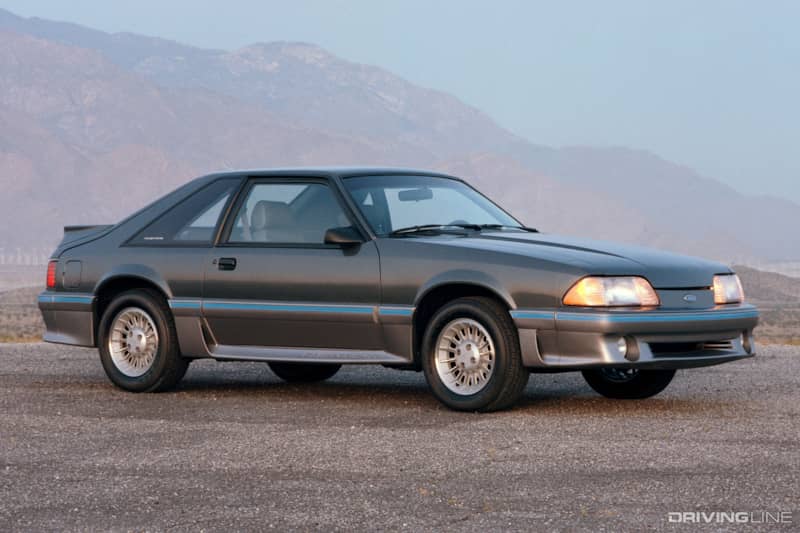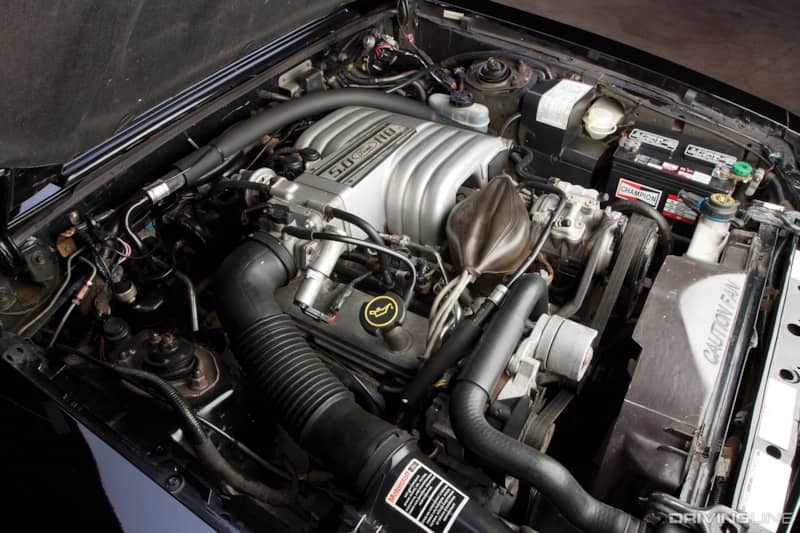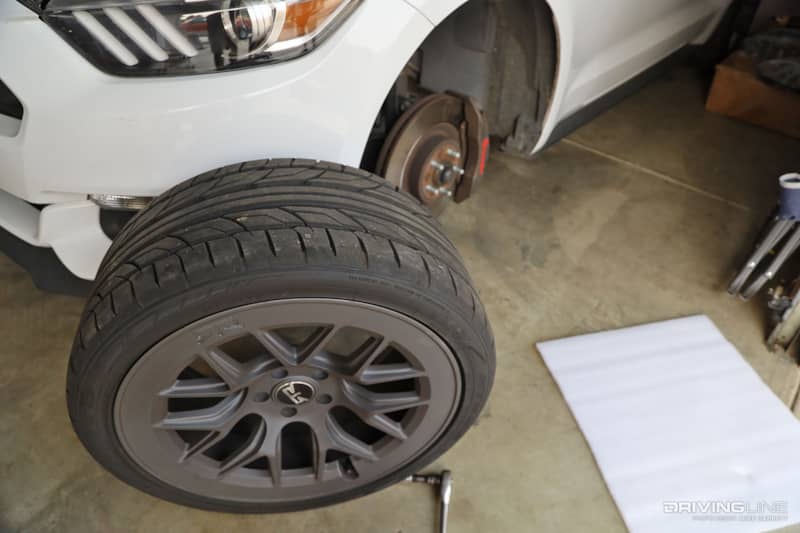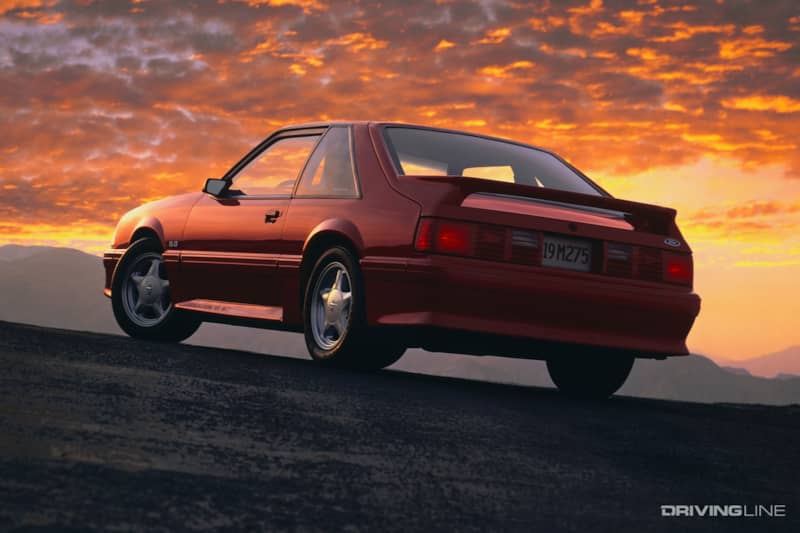The Double-Edged Sword of Car Enthusiasm: Why Once Cheap & Beloved Enthusiast Vehicles are Becoming Unattainable
Every generation of car enthusiasts has its favorite vehicles. And it’s a common perception that when we get a little older, a little wiser and hopefully a little richer, we all yearn for the cars of our youth.
Maybe it was the poster of the exotic car on the wall of our childhood bedroom. Maybe it was a car we read about in a magazine or raced virtually in a video game like Gran Turismo.

As teenagers and young adults, we may have fallen in love with cars we saw in the parking lot or we knew someone with a car we fell in love with.
Some of us want cars we wished we owned when we were younger, and some of us want to recapture the fun of cars we did own in our younger days.

And often, if we want to buy one of those cars from our youth, we'll be competing with lots of buyers with the same idea. And thus, you’ve got a big reason why certain cars spike in value as they age.
More Than Supply & Demand
But as we’ve seen with formerly cheap, disposable performance vehicles of the '80s, '90's and '00s now becoming highly sought-after “classics,” there’s another big factor at work here.
I’m not sure if there’s a name for this phenomenon — but I think I’m going to dub it the “over-modification factor.” Whatever you call it, it’s a force driving the values of cars like the Nissan 240SX or Fox Body Mustang 5.0 through the roof.

And it’s actually ironic that one of the biggest reasons these cars are getting so valuable today is because previous generations actually enjoyed the cars so much that they kind of destroyed them.
Supply and demand has always been and will always be the determining factor for the value of a car. Take the classic muscle cars of the ‘60s and ‘70s. People loved them when they were new. Then those GTOs and Road Runners aged and got cheap for a short time before getting hot again in the late ‘80s and more or less stayed that way.

But for the most part, the dwindling supply of classic muscle cars, was due to traditional factors like age and wear. Many of these once-beloved cars simply rusted away or were aged out of use in other ways.
Some were scrapped after falling into mechanical disrepair. Others were put away and forgotten about it, only to be unearthed as “barn finds” decades later.

A Thin Line Between Love and Punishment
But newer cars, particularly the once-affordable ones, face an additional force that’s dwindled supply even further. Years of being owned and driven almost entirely by budget-conscious racers and mod-happy enthusiasts.
Take the aforementioned 5.0 Fox Body Mustang. All through the 1990s and into the 2010s the Fox Body 5.0 was the go-to car for cheap speed. It was the car that spawned a massive aftermarket racing scene and reignited the small block V8 for the electronic fuel injection age. People loved the Fox Mustang, and still do.

The problem is that after decades of being the defacto budget performance car, the number of 5.0s turned into race cars, crashed, modified with cheap parts or hacked up with irreversible changes has drastically decreased the supply of original, unscathed examples.
If you’ve looked at the market for a Fox Body 5.0 today, you’ve probably seen that $10-$12,000 is about the cheapest you’ll find any halfway decent example — and a genuinely nice, original car will bring well over $20,000.

Ironically, perhaps, the Fox Body’s long-held reputation for being a bargain performance car has now made it significantly more expensive today. And that’s in addition to the natural effect of aging on a supply of cars.
But there’s also a bit of a Catch-22 effect going on here that can be hard to square up. Enthusiasts loved the Fox Body because it was a starting point for modifications. Yet now it’s the clean, un-modified examples that are the most in demand.

But how exciting is a bone-stock 5.0 Mustang? And how many people are going to want to modify a car that’s now incredibly rare and valuable?
The 240SX Contradiction
The S13 and S14 Nissan 240SX is an even more extreme examples of this. The US market 240SX wasn’t known for its stock performance, and the car didn’t become a hot commodity until the 2000s with the explosion of the drift and “JDM” movements.

Today a stock S13 is an extremely rare and valuable commodity, but not because enthusiasts are yearning to drive a stock 140 horsepower 240SX. It’s simply because most S13s and S14s were modified or crashed over the last 20 years, and now a clean, original one is a unicorn.

Plenty of other cars from the same era have similar issues. The Mazda Miata, Honda Civics, GM F-Bodies, etc. Basically, anything that was once cheap to buy and popular to modify.

And if you think this phenomenon is only happening with cars from the ‘80s and ‘90s, the same thing is already happening to newer cars. Look at the Mitsubishi Evolution and Subaru WRX from the early to mid-2000s.

The Evo and WRX were relatively affordable new, and they were quick cars out of the box. Then they got even faster with modifications. And today, despite being less than 20 years old, finding an Evo 8 or an early WRX STI that hasn’t been abused or heavily modified is very hard. And if you do find one, be prepared to pay up.

You can also see it starting to happen with late model cars — Fiesta and Focus STs, Civic Type Rs, Camaros, Mustangs, Toyota 86s and more. Most of these cars are only 5-10 years old and it’s already getting hard to find one that hasn’t been tuned, lowered on some questionable suspension or straight piped.

Learning Lessons From the Past
It’s tough. We love our cars, and of course we want to make them better, cooler, and faster. And there have never been more aftermarket options than now. I’ve certainly enjoyed customizing and upgrading my own cars to various degrees.

But as we head toward the supposed sunset of gasoline performance cars in the coming years, it’s looking like “affordable” enthusiast vehicles are only going to become harder to find — and thus a lot more expensive when we do find them.
Now does this mean we should stop modifying our cars completely? That we shouldn't drive them as they were meant to be? Or that we store them away in garages and never drive them to protect their values? Of course not.

Fitting a good set of wheels and tires, some nice suspension parts or a high-quality exhaust system will never be a bad choice. And attending a track day is one of the absolute funnest things you can do with a car.
But as we head into the future with a decreasing number of fun and affordable gasoline vehicles out there, we should consider the lessons of the past and see if we can learn from them.

And as enthusiasts looking out for both ourselves and the future of the hobby overall, it should be in our interest to strike a balance between appreciating, preserving and enjoying the cars we have.
As it’s often said, you don’t know what you’ve got until it’s gone. Just ask anyone who once owned a cheap and clean 5.0 Mustang in the past.
More From Driving Line
- Want a Fox Body Mustang 5.0 but turned off by the prices? Here are five much cheaper alternatives.







